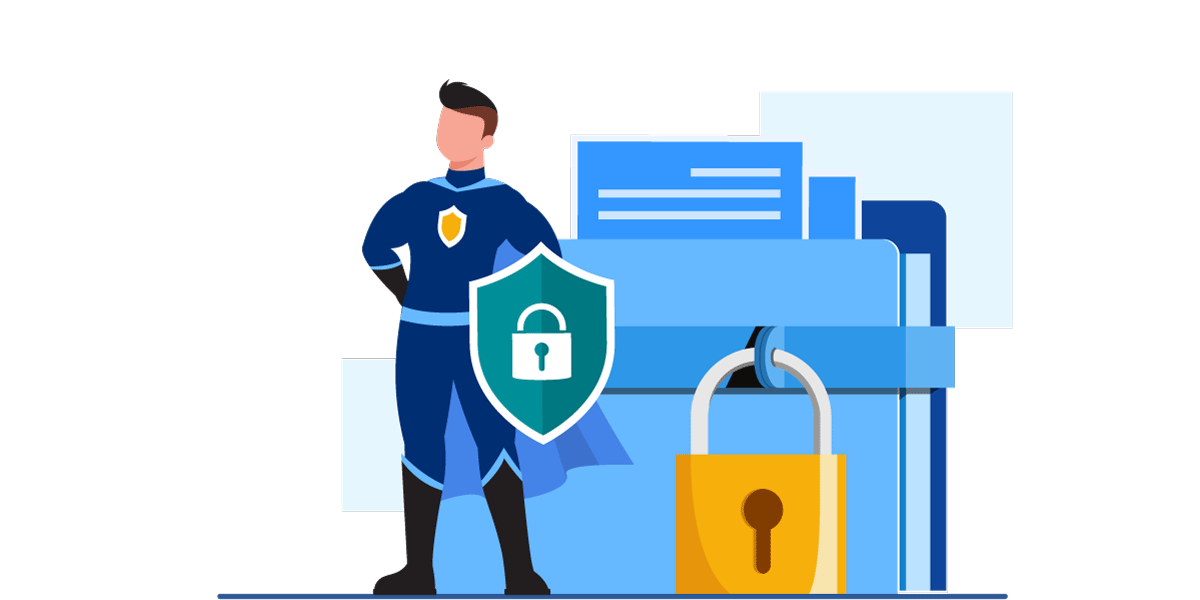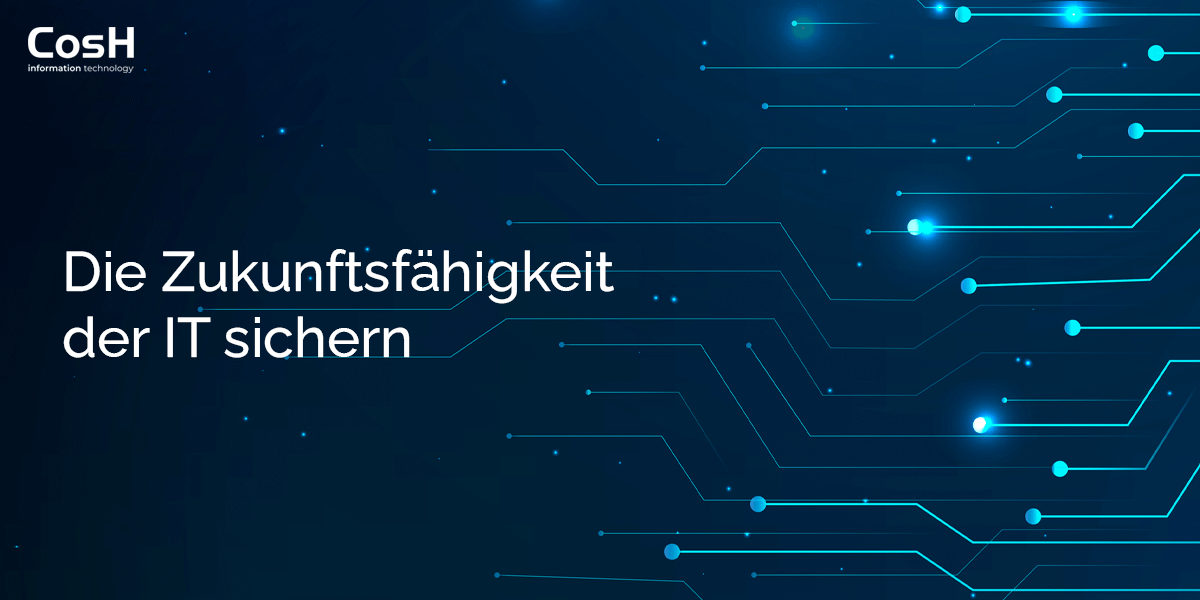Quelle or Nokia – once well-known companies that were too slow in digitization. These two companies are just two examples of many that have failed to take advantage of new technologies and have thus disappeared from the market, either partially or completely. At the beginning of the Internet and especially of digitization, established companies were afraid to upend their previous and successful business model and to respond to the new technologies. Amazon ousted Europe’s largest mail order company at the time and Apple & Google brought Nokia to its knees. However, future competitiveness not only involved strategies and new technologies, but also the modernization of existing IT structures. Even if not all companies are aware of the great importance of IT, there is no way around cloud computing, remote work, artificial intelligence, big data or blockchain. Especially the (IT) processes running in the background are increasingly coming into focus.
Hardware and software as a basic framework
To ensure the future viability of IT, a view of the complete IT is needed. The technical basis for this is the internal hardware and software. A typical product life cycle of a notebook is usually 3 years. This may sound short, but it is reality due to the rapid progress of technology. Outdated technology impacts speed and efficiency, and thus bears a special role in the relevance of a high-performance IT infrastructure. Productivity brakes such as busy server systems, slow mail and data traffic, or bottle necks caused by incompatible hardware slow down operations. The larger a company is, the more difficult it becomes for IT departments to keep track of obsolete devices. In which cost centers are these productivity brakes located? Which ones are defective or causing problems? Uniform IT lifecycle management makes everyday life easier for administrators and saves real money at the same time. As the economy continues to digitize (e.g., Industry 4.0, AI or IoT), computers and servers must be powerful enough to avoid becoming existential risks.

Investment in IT security
As data volumes increase, so does the risk of cyberattacks. In addition to legal requirements for data protection and the like, the corporate network must also be protected even more from unwanted access from outside. Attacks on companies are not only becoming more numerous, but also more sophisticated. In addition to Software as a Service, Workplace as a Service or Platform as a Service there is also Cybercrime as a Service. Hacker attacks can be commissioned, malware rented or credentials purchased. There is even technical support for these business models. In addition to technical security mechanisms such as firewalls, encryption, VPN or anti-virus software, companies should also invest more in security training for the workforce to prevent cyberattacks from going nowhere.
Use of cloud models
In the beginning, the cloud was mainly used as online storage space – but for some years now, complete business processes can be mapped and applications used. Established ways of working are increasingly being partially or completely outsourced to the cloud. In combination with IoT solutions, new data is created within a short time. For example, the evaluation of all data in real time opens up the opportunity to completely rethink complex processes and make them available dynamically on a wide range of devices through the cloud. By using cloud services, companies can make flexible use of resources even when usage patterns are difficult to predict and can operate without disruptions even in peak scenarios. A major advantage is the elimination of investment costs for in-house server hardware and the reduced administration effort for operation and maintenance. Already now, large companies such as Microsoft or Adobe often offer their software as a cloud application.
Process digitization
Numerous aspects speak for the digitization of business processes. If cloud models, 5G or artificial intelligence make data available to every employee* immediately and independent of location without time delays, media and interfaces, then many small process steps such as handovers, double data entry, checks or transmission speeds can be eliminated. Automated workflows ensure the flow of information (across systems) and disruptive technologies enable the automation of business-critical systems such as compliance monitoring, regulatory reporting or liquidity management. Successful digitization of existing processes can be implemented using various IT systems and software applications and is suitable for almost every company process. Most companies start with the automation / digitization of document inputs and outputs.

Employee training
When it comes to IT budgets, most associate it with money for traditional hardware and software. However, especially in the age of digitalization, innovations come thick and fast on an almost daily basis, so that employees are unable to work efficiently with new technology or knowledge gaps arise on the subject of security. The biggest gateway to corporate systems is no longer to be found in the technical infrastructure, but rather the employees behind the screens who carelessly open file attachments, carelessly handle passwords or load malware into the corporate cloud. Regular training (awareness cycles) should inform employees about current threats and how to deal with them. Companies must also invest in training and continuing education measures when introducing new IT systems. The know-how learned is not only reflected in the employee’s performance, but qualified employees also pass this on to their colleagues and thus in turn to the company.
Correct use of mobile devices
Almost every employee now has a mobile device. Whether laptop, smartphone or tablet. As soon as employees’ mobile devices have access to company networks, certain rules and security policies prevail. Bring-Your-Own-Device (BYOD) can also be found in more and more employment contracts. Employees are thus permitted, even encouraged, to use their own smartphone, private laptop or tablet for work. Mobile devices should be especially secured, as the risk of loss is very high. Many companies already rely on so-called MDM solutions to manage mobile devices. MDM can be used to set security policies, restrict app permissions and selection, and remotely wipe data in the event of loss. In the BYOD policy in particular, corporate data must be strictly separated from private data. In addition to technical resources, it also makes sense to educate employees about the safe use of mobile devices and to establish binding rules for the areas.
Conclusion:
The digital transformation is particularly challenging for corporate IT departments. Today, information technology no longer only plays an important role in optimizing business processes, but is above all crucial for the further development of the entire company. A forward-looking company profitably incorporates the IT department into the corporate strategy and responds to changes in the market at an early stage. Even if the modernization of corporate IT and new technologies such as artificial intelligence, augmented reality or IoT mean change for existing structures, they contribute significantly to competitiveness.


